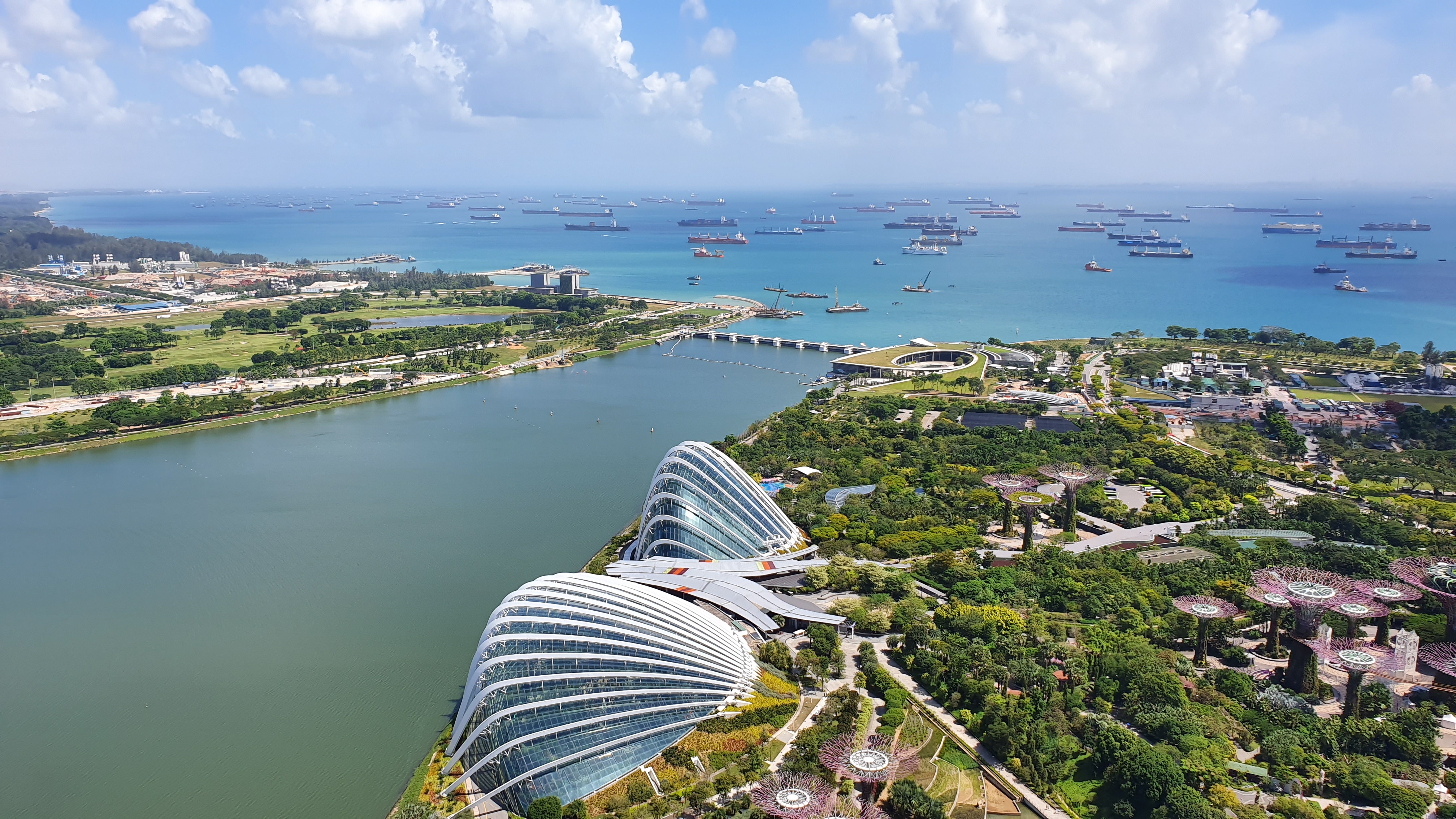
Geography
The southeast Asian nation of Singapore is made up of a 30-mile-long island (known as Pulau Ujong, or mainland Singapore), encircled by 62 smaller islands. Indonesia to the south and Malaysia to the north are the nation's neighbours. More than half of Pulau Ujong is only 50 feet (15 meters) above sea level, while much of Singapore is flat. The highest natural peak in Singapore, Bukit Timah Hill, is located in the island's centre. It has a height of 545 feet (166 meters), or roughly the equivalent of 44 stories.
People and Culture
Singapore was a hub for trade during the 19th and 20th centuries, drawing visitors from China among other nations. Today, most people are Malay and Indian, making up the remaining 75% of the population. Buddhism is the most popular religion in Singapore, followed by Christianity, Islam, Taoism, and Hinduism.
Singapore is one of the world's most populated islands, with a population that has more than doubled since 1980. But the nation consistently ranks highly for life satisfaction thanks to minimal crime, inexpensive public transit, and a technologically savvy capital city noted for towering buildings. The average lifespan of those who live there are 82 years.
The importance of food in Singaporean culture. Asking, "Have you eaten?" is a frequent greeting. Roti prata, a crispy flatbread with fish curry, and bak kut teh, pork ribs in a spicy broth, are two popular dishes.
Nature
Every day of the year, rain falls somewhere on a sweltering, tropical island. Ninety-five per cent of Singapore's once-vast rainforests have been cleared to make way for larger cities. Humans created the majority of Singapore's beaches; buildings covered the natural ones through a process known as land reclamation. Beaches on Sentosa Island, a well-liked vacation spot, are included.
Most of the wildlife on Singapore's mainland now resides in parks like the Sungei Buloh Wetland Reserve and Bukit Timah Nature Reserve. Visitors can observe creatures, including reticulated pythons, emerald doves, and crab-eating macaques. The smaller islands are home to various marine species, including seahorses, huge clams, Caribbean reef octopuses, and black-tip reef sharks.
Government
A parliamentary republic, Singapore is. The Parliament is the government's legislative body and is presided over by a president who, along with Parliament members, is chosen by the general people. The executive branch is led by a prime minister who the president chooses. The president primarily represents Singapore at events worldwide, and the prime minister controls the government. The nation chose its first female president in 2017.
One of Southeast Asia's most robust economies is Singapore. Top industries include finance, automotive and computer manufacturing, and manufacturing. The nation has one of the most significant percentages of millionaires and one of the lowest unemployment rates.
History
The Javense term tasek, which means "sea," was used as the island's original name, Tumasik (or Temasek). (The Indonesian island of Java is where Javanese is spoken.) Sailors passed through Tumasik on their way from India to China for ages. Fishermen and pirates were the main groups who inhabited the island.
Tumasik was given the new name "Singapura" (literally, "The Lion City") in the 14th century after a visiting prince imagined he saw an Asiatic lion on the island. (The animal previously roamed Asia but is now restricted to India.) In 1819, Singapore became a trading colony for the British, and in 1826, it came under total British control.
Singapore was seized by the Japanese during World War II in 1942, but after the Japanese were victorious, they returned control to the British. Singapore attained self-government in 1959, but British military dominance persisted. As the Republic of Singapore, the nation achieved complete independence in 1965.
Know more about the country